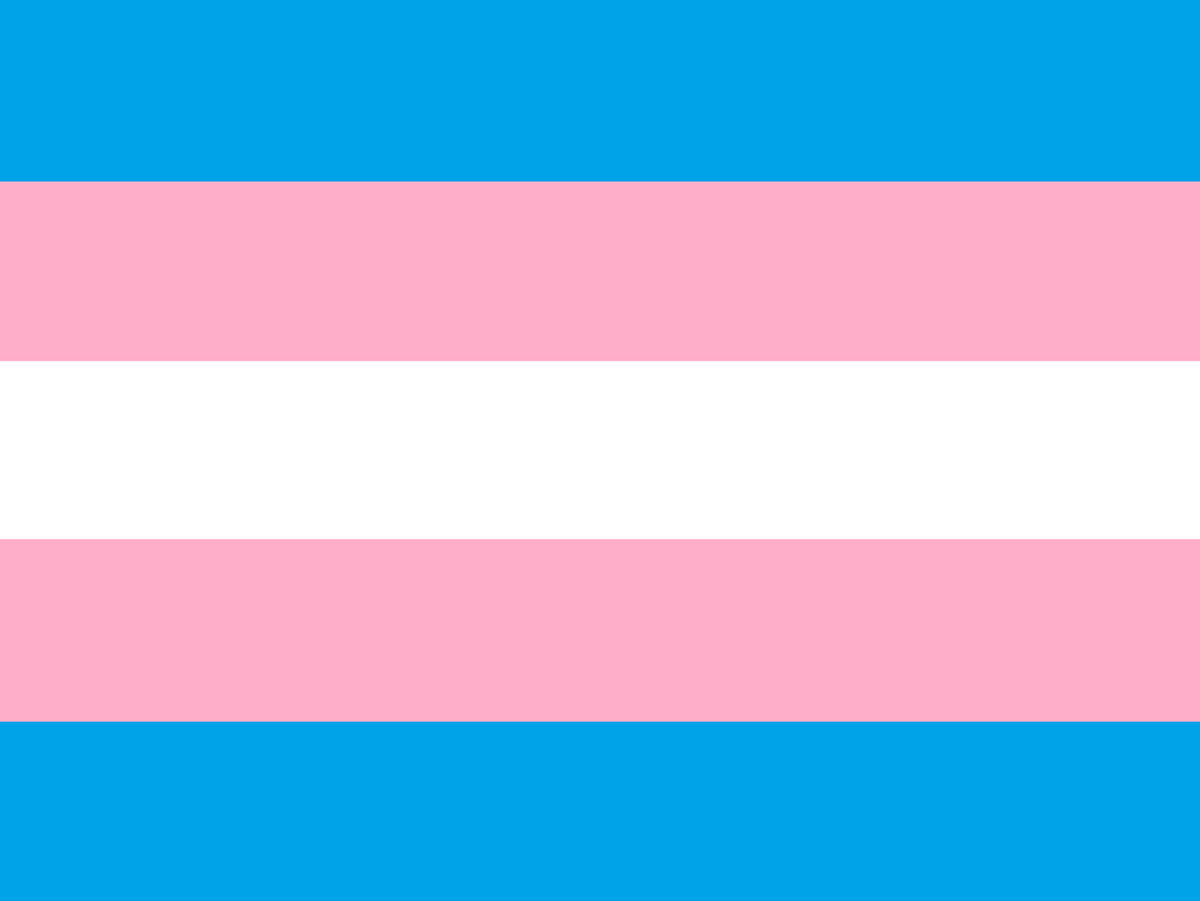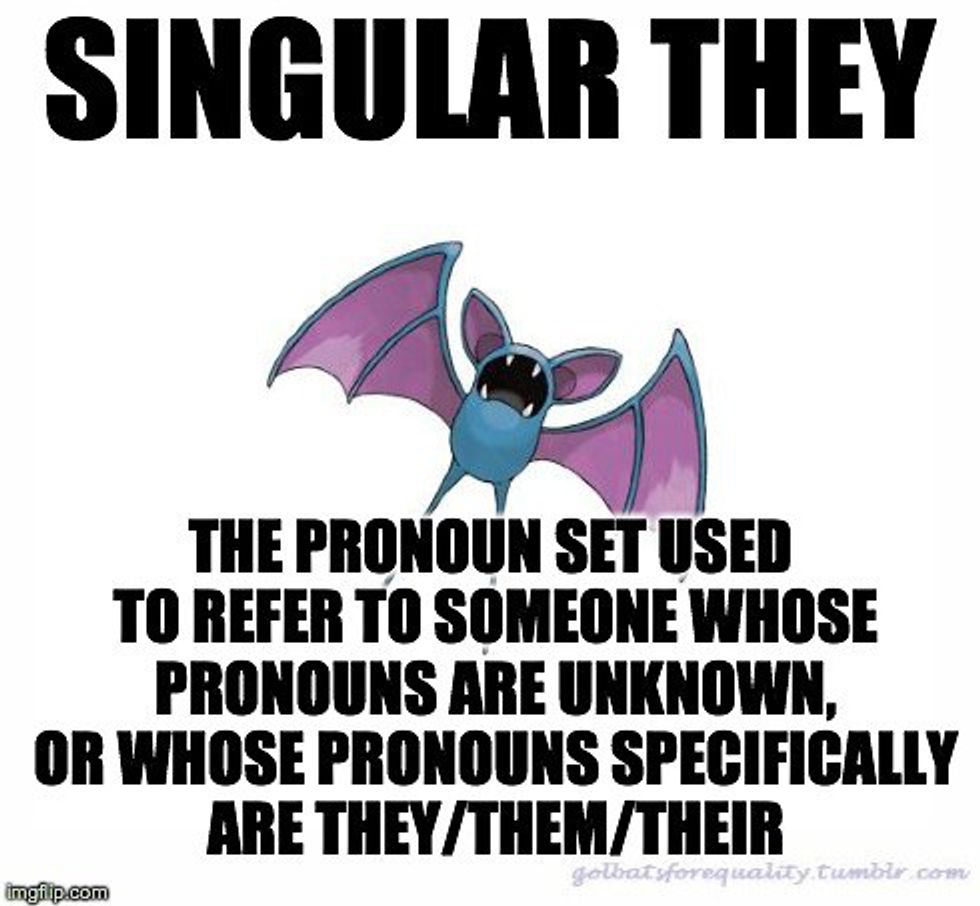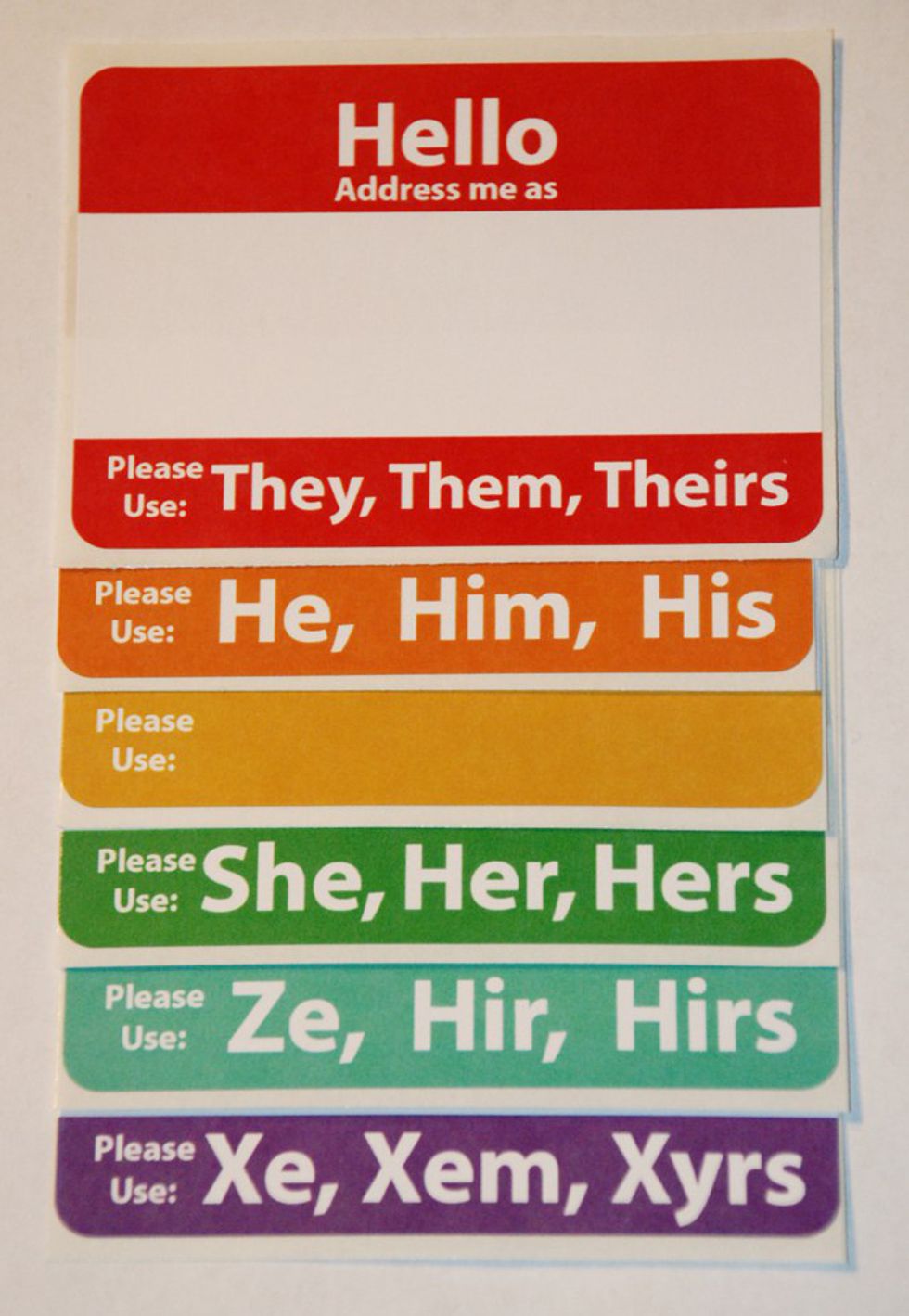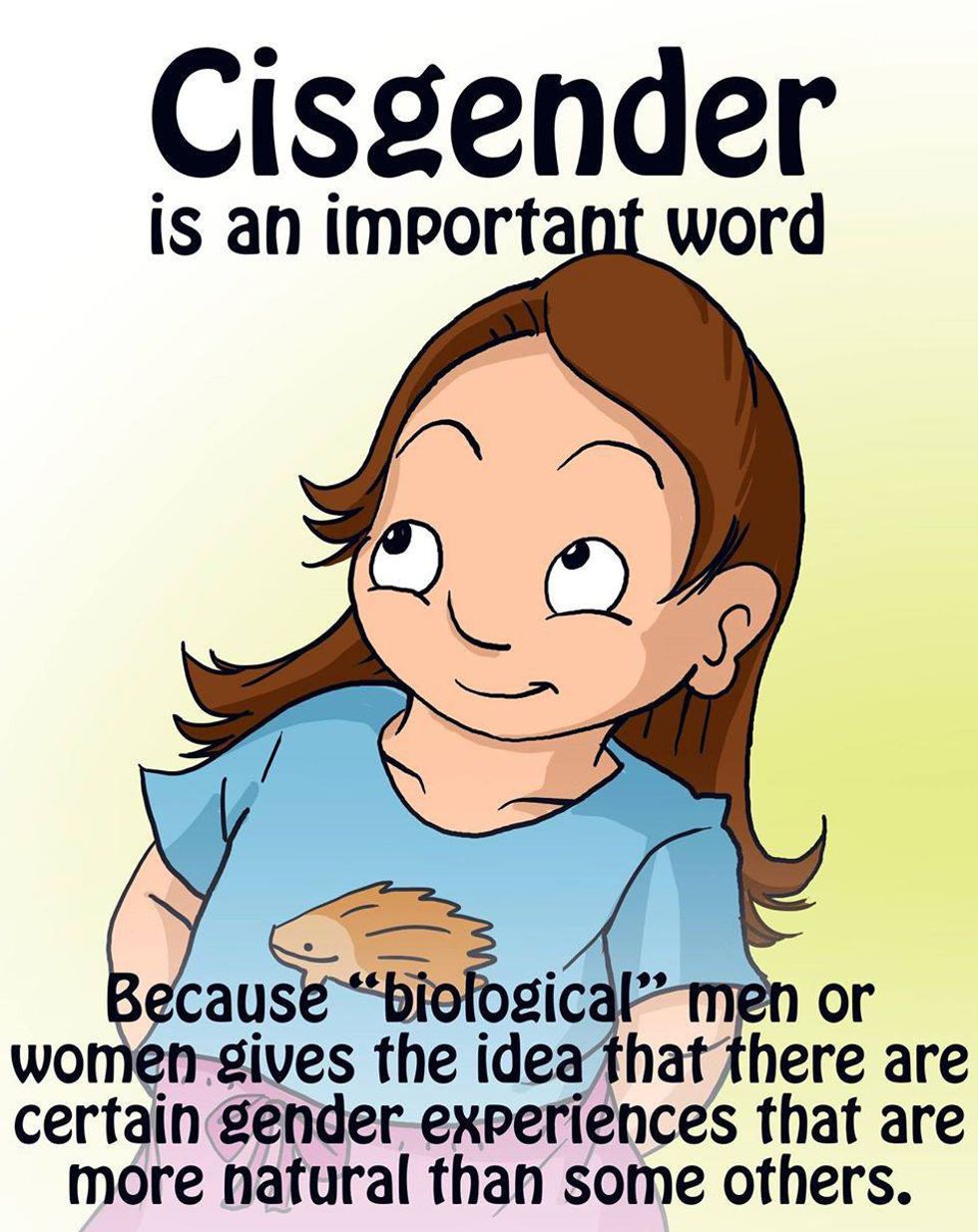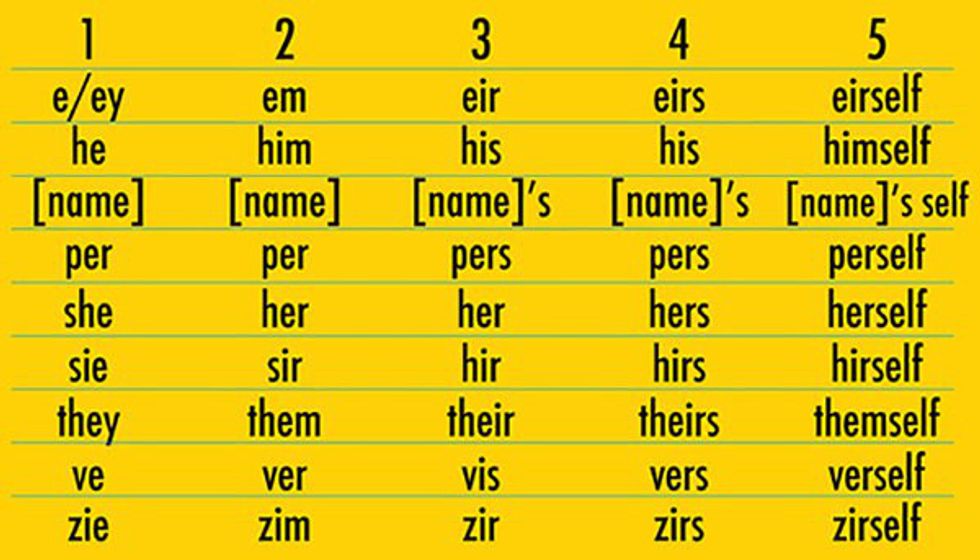Women surveyed in the UK said that they wear clothing an average of 7 times before disposing of it. Fast fashion and an overwhelming multitude of clothing options add to this growing problem, not to mention targeted advertisements.
Textile waste is an environmental issue that is often overlooked. We recycle our paper and plastic but forget about the pounds of clothes that we mindlessly send to the landfill every year.
As a longtime lover of fashion and current retail employee, I've been thinking a lot about textile waste lately. I'm as guilty as everyone else in not doing my part to combat it, but I'm in the process of changing my ways. Thrifting, from both sides, is one of the best ways to do so. I think there should be no reason why we can all do a little more thrifting and fabric recycling.
Most thrift stores aim to only take clothes that are in practically new condition; most of the time you can't even tell someone else wore the clothes and sometimes the original tags are still attached. Anyways, that's what modern washing technology is for, right?
The thrifting experience is almost just like shopping in a retail store; the clothes are organized by type and size. Sure, if you're looking for something specific your search might take a little longer, but in the process, you might find something you didn't even know you'd like - and that's the fun in thrifting.
If you're really worried about finding clothes on trend, stores like Buffalo Exchange and Plato's Closet only accept clothes that are currently in style or vintage chic. Those stores also pay you for your clothes so if you're strapped for cash, they're great stores to check out!
Allow me to use myself as an example. When I buy clothes from thrift stores, I usually save around $10 from what the ticketed price would have been - and that's a modest estimate. If you thrift once a month and buy 3 items every time, that's $360 a year. You can buy a lot with $360, especially if you're on a college budget like me.
According to the EPA, Americans generated 16,030 tons of textile waste in 2015 compared to 9,480 tons in 2000. That is out of control and if each of us did a little more to reduce that number, our planet will thank us.
Bonus tip: When you're buying clothing, whether it's from a thrift store or not, try to stray from synthetic fibers and mixed fabrics and seek out pure fabrics like 100% cotton. Mixed fabrics and synthetic fibers are more difficult to recycle and may just end up in a landfill anyway.



